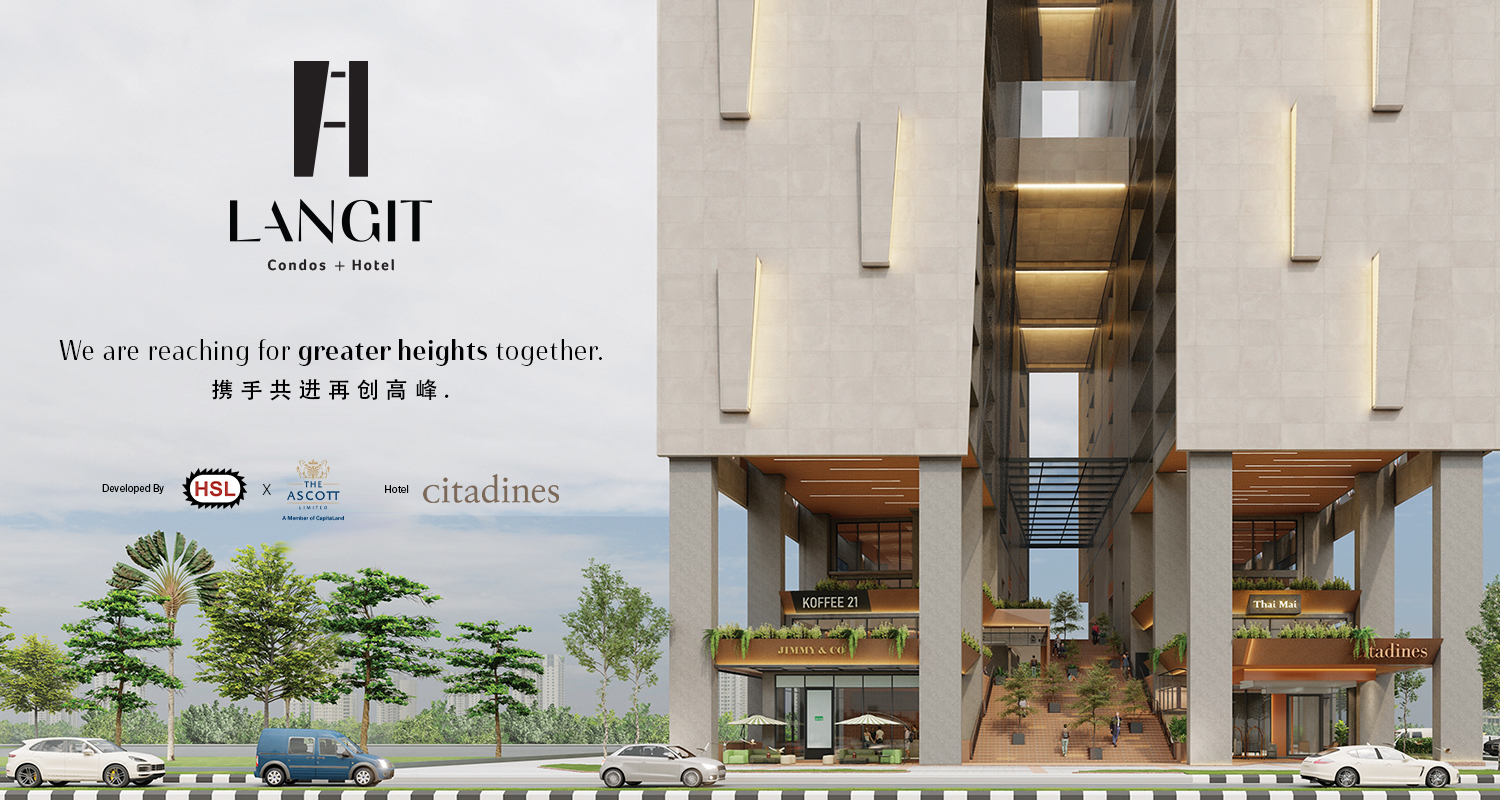
KUCHING, March 8: The Kuching Urban Transportation System (KUTS) Project has achieved another major milestone recently with the completion of the manufacturing and assembly of a prototype hydrogen-powered Autonomous Rapid Transit (ART) vehicle in Zhuzhou, China.
According to a media release, the ART vehicle is currently undergoing Stage 1 of the Proof-of-Concept (POC) exercise in Zhuzhou, China until the middle of this month.
Minister for Transport Sarawak Dato Sri Lee Kim Shin was present to inspect the newly-completed prototype at the CRRC Zhuzhou Institute Co Ltd facility, in Zhuzhou, China on Monday (March 6).

He also took a ride for nearly an hour on the hydrogen-powered vehicle with members of his delegation consisting of representatives from Ministry of Transport Sarawak, Sarawak Economic Development Corporation (SEDC), and Sarawak Metro Sdn Bhd.
Also present were representatives from EPR Mobilus GR JV Sdn Bhd, the KUTS Project Phase 1 System Package 1 contractor responsible for the supply of the rolling stock (hydrogen-powered ART vehicles); depot equipment and maintenance vehicles; signaling and control systems; and the automatic platform gates.
In a briefing session with top executives of CRRC Zhuzhou Institute, which is the manufacturer of the ART vehicle, Lee stressed on the importance of this project, not only for Sarawak but also for the Chinese company, which is a wholly-owned subsidiary of CRRC Corporation Limited, the world’s largest rolling stock manufacturer.
“This is a new and important project for us and for (CRRC Zhuzhou Institute) as it will be an opportunity to showcase the success of this technology outside of China.
“I believe you will be able to leverage on the success of the KUTS Project to show other countries the benefits of adopting this technology for their cities,” he said in the statement.

Lee also emphasised the importance of the KUTS Project as a pioneer project for both Sarawak and CRRC Zhuzhou Institute outside of China and in a tropical environment, and as such he looked forward to further collaborations in the future.
“The KUTS Project will be CRRC’s showroom in Sarawak and therefore all parties must do their very best to make the ART a success model for others.
“I hope we can even make Sarawak as CRRC’s centre for Southeast Asia to promote the ART technology and to set up facilities here in the future,” he added.

Following the initial stage of the POC exercise in China, Stage 2 of the POC exercise for this ART vehicle will involve testing it in Kuching by the third quarter of this year.
The prototype ART vehicle for this POC exercise measures 30.2 metres in length, 2.65 metres in width and 3.7 metres in height. It can reach speeds of up to 70 kilometres an hour and has a 241-passenger capacity with a revised seating layout.
Members of the Sarawak delegation to China included Deputy Minister for Transport Datuk Dr Jerip Susil, Ministry’s permanent secretary Dato Ir Alice Jawan Empaling, Sarawak Metro chief executive officer (CEO) Ts Mazli Mustaffa and SEDC officer-in-charge of Sarawak Metro Awang Nasfuddin Awang Hassan. — DayakDaily









